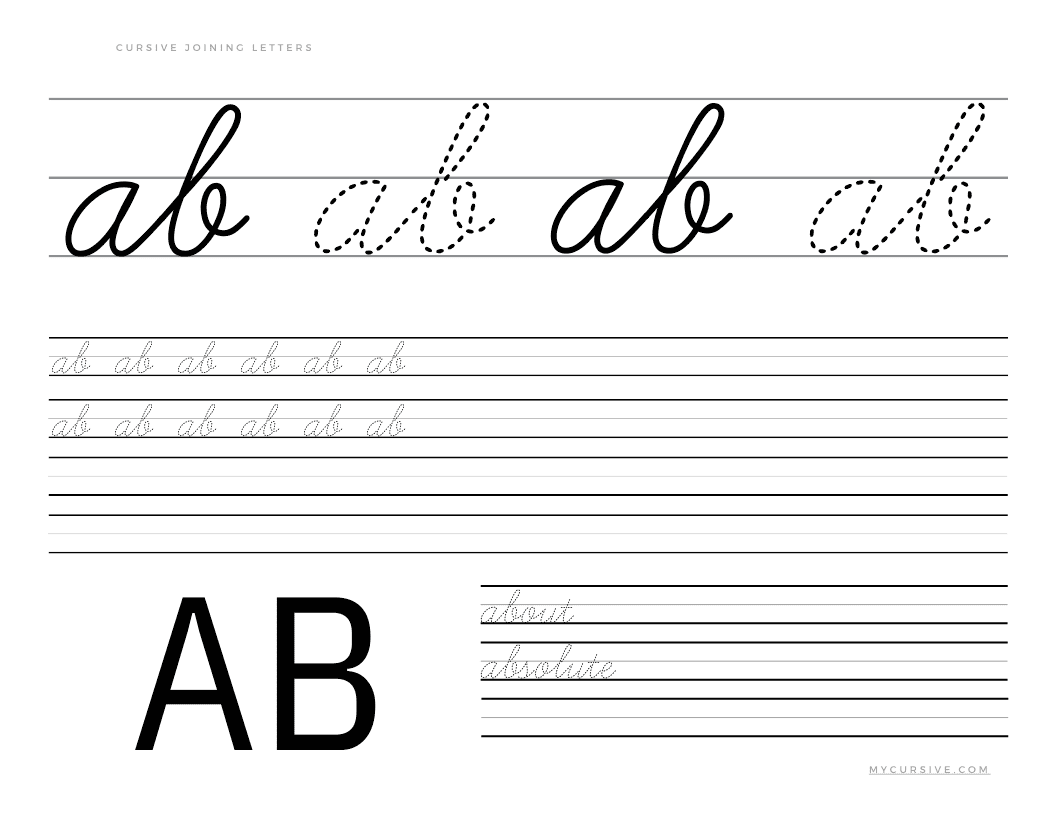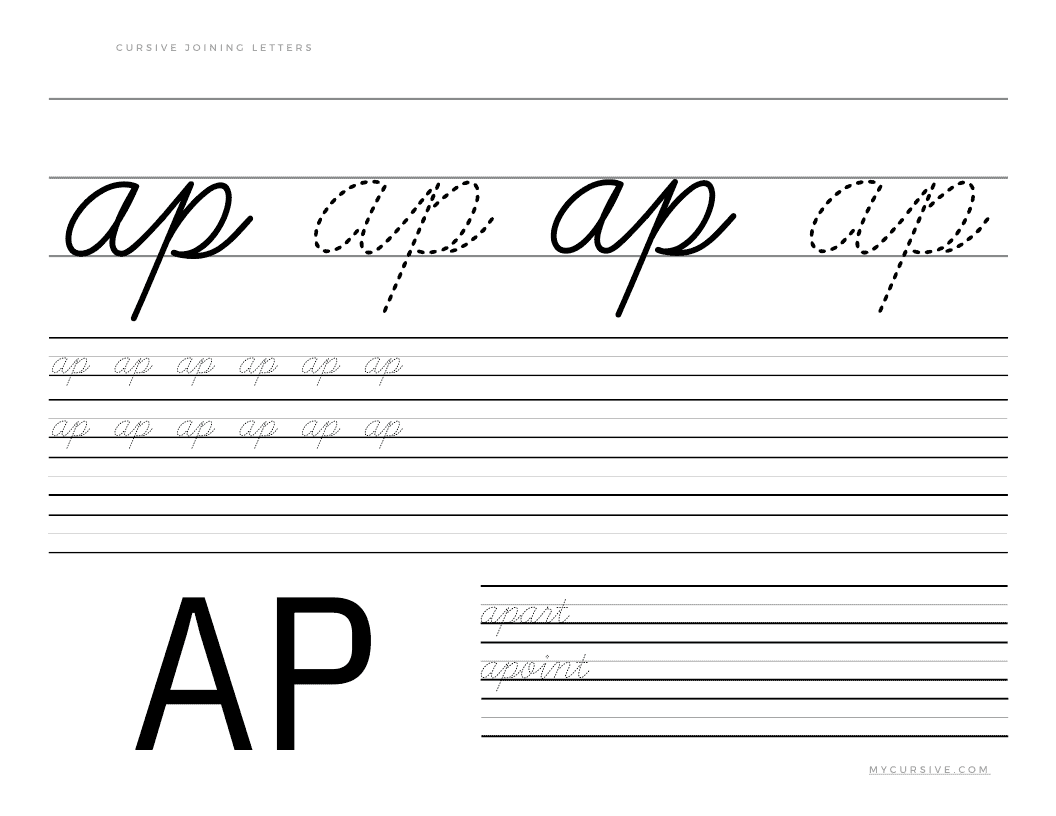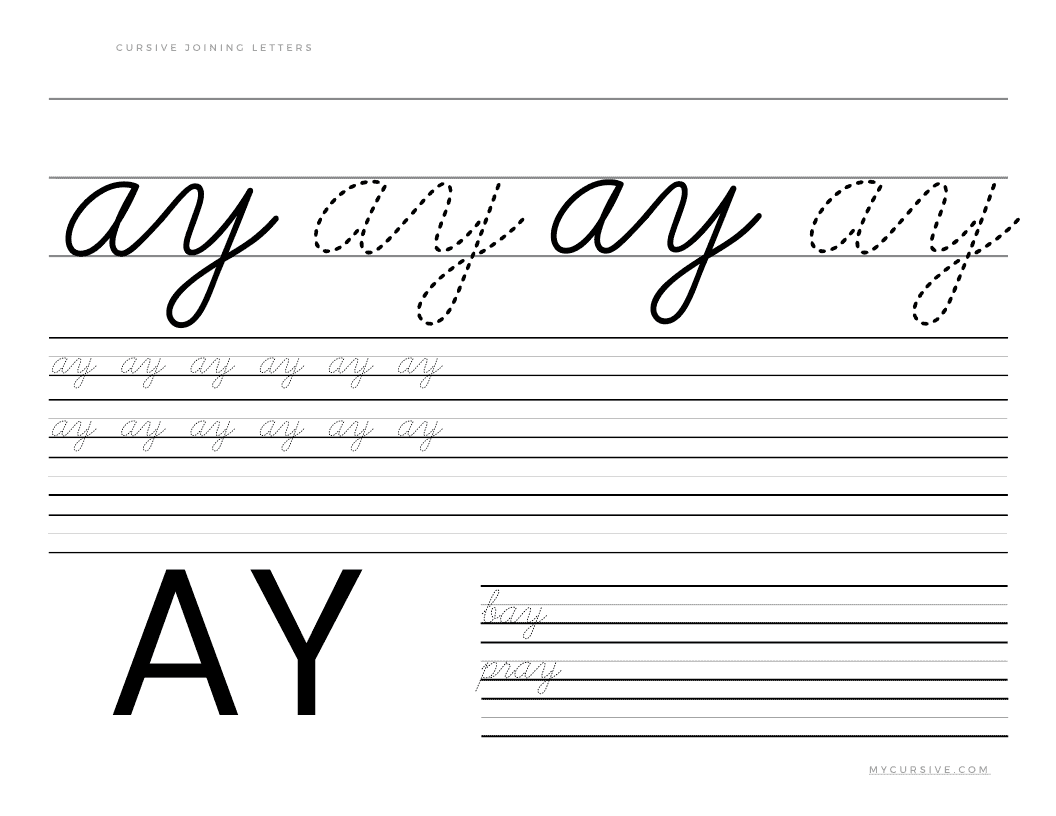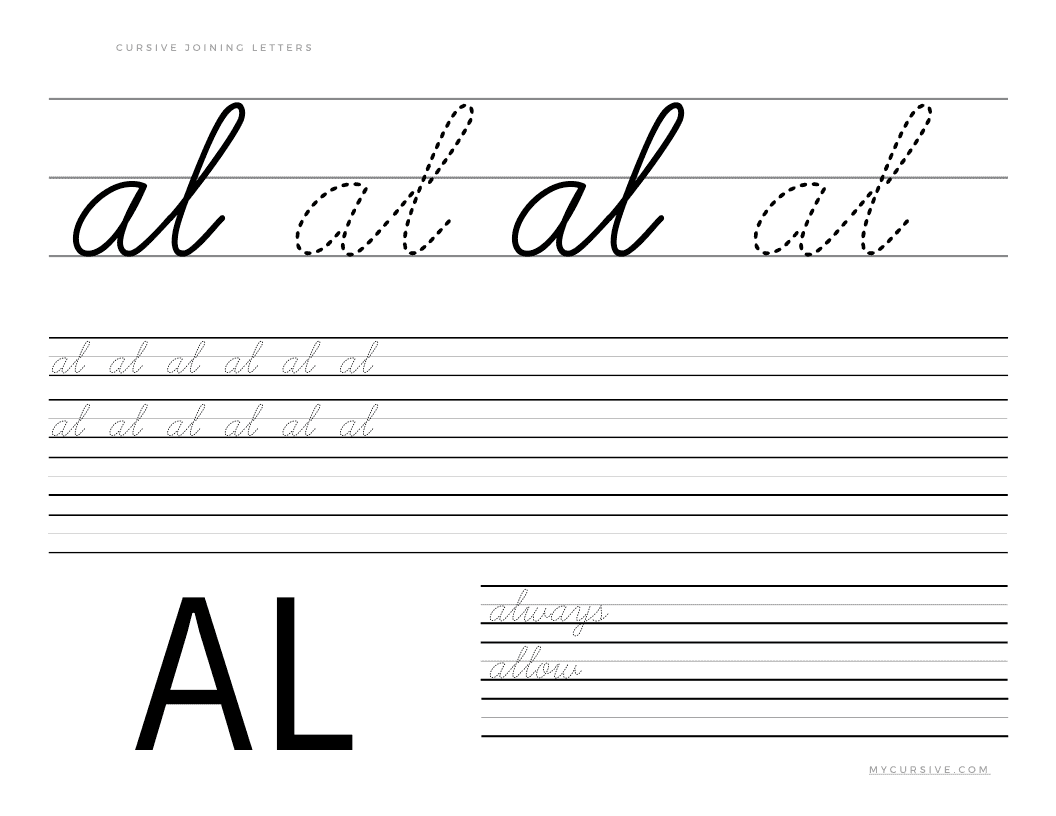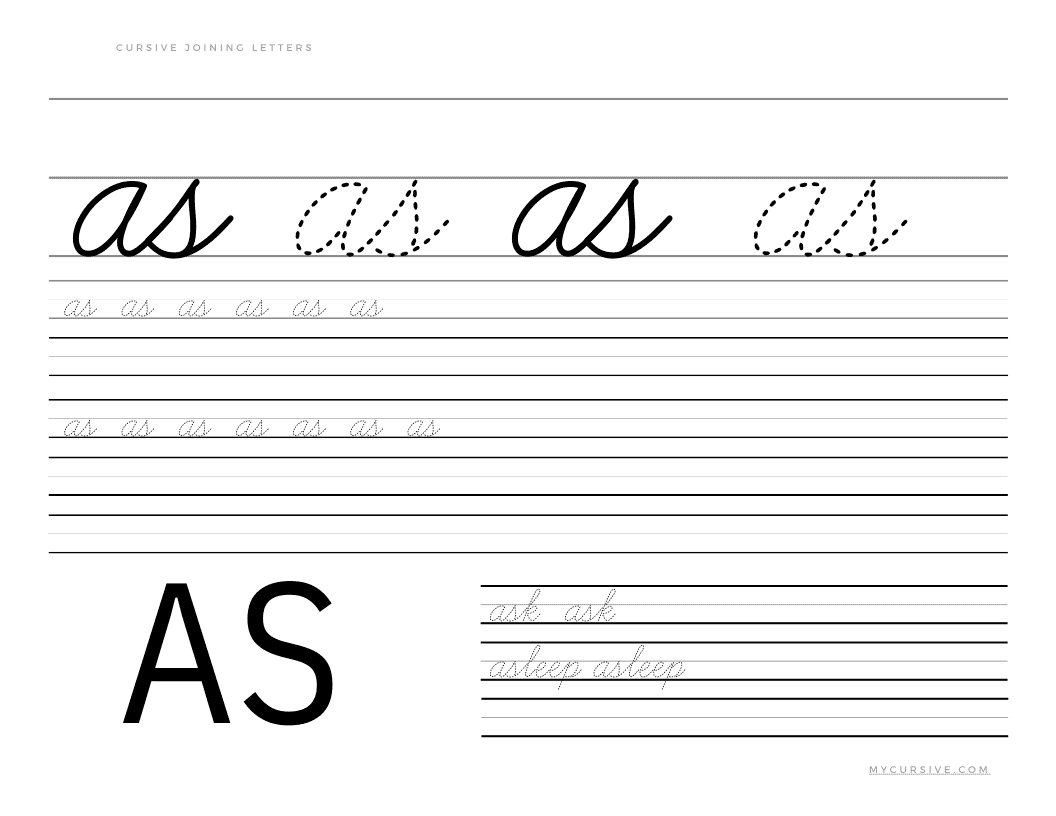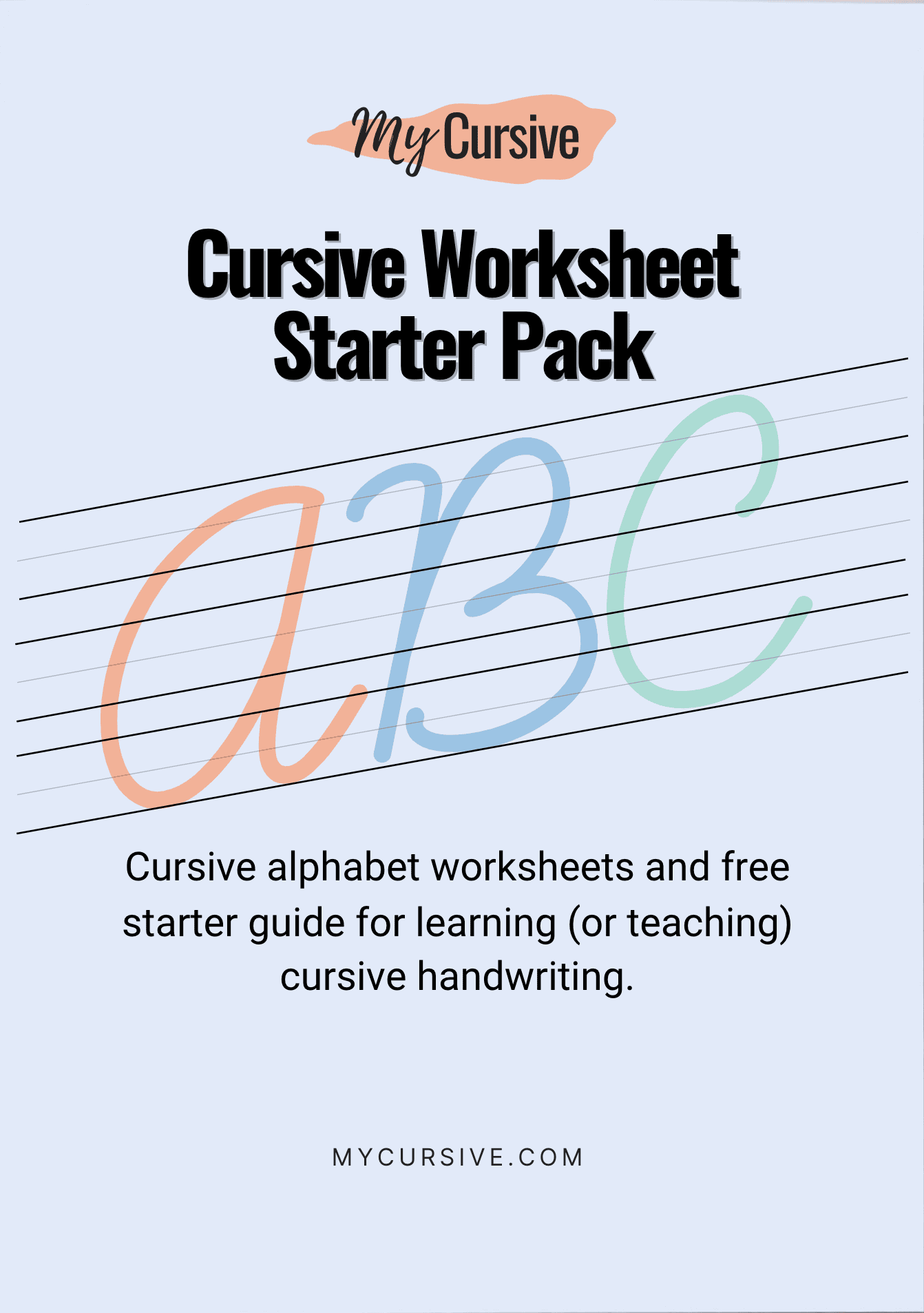Understanding Cursive Letter Connections
Learning how to connect letters in cursive is essential for developing fluid handwriting. This skill allows writers to maintain a consistent flow, making writing more efficient and visually appealing. Understanding the nuances of letter connections can significantly enhance one's cursive writing ability.
For instance, certain letters have specific ways they connect to others, which can change based on their position in a word. Practicing these connections through targeted exercises can help students and educators alike to master cursive writing. Resources such as worksheets and guided tutorials can provide valuable support in this learning process.
Common Mistakes in Cursive Writing
Even experienced cursive writers can make mistakes that hinder the overall quality of their handwriting. Recognizing these common pitfalls is crucial for improvement. Misformed letters, inconsistent slant, and incorrect spacing are frequent issues that can detract from the beauty of cursive writing.
By being aware of these mistakes, learners can focus on specific areas for correction. For example, using lined paper for consistent height and slant can help mitigate some common errors. Additionally, reviewing and analyzing one's writing can lead to significant enhancements over time.
Benefits of Cursive Writing
Cursive writing offers numerous benefits that extend beyond aesthetics. It can improve fine motor skills, enhance cognitive development, and boost overall writing speed. Engaging in cursive writing helps individuals develop a unique style that reflects their personality.
Moreover, studies have shown that cursive writing can aid in memory retention and comprehension. This is particularly beneficial for students, as writing by hand has been linked to better learning outcomes. Encouraging cursive writing in educational settings can foster a richer learning experience.
Resources for Practicing Cursive Writing
To effectively improve cursive writing skills, access to quality resources is essential. Various tools such as worksheets, online tutorials, and instructional videos can provide structured guidance. These resources cater to different learning styles, ensuring that everyone can find a method that works for them.
For example, websites dedicated to cursive writing often offer downloadable practice sheets that allow learners to trace letters and words. Additionally, interactive apps can make practicing cursive engaging and fun, especially for younger students. Utilizing these resources can significantly enhance learning outcomes and make the process enjoyable.
